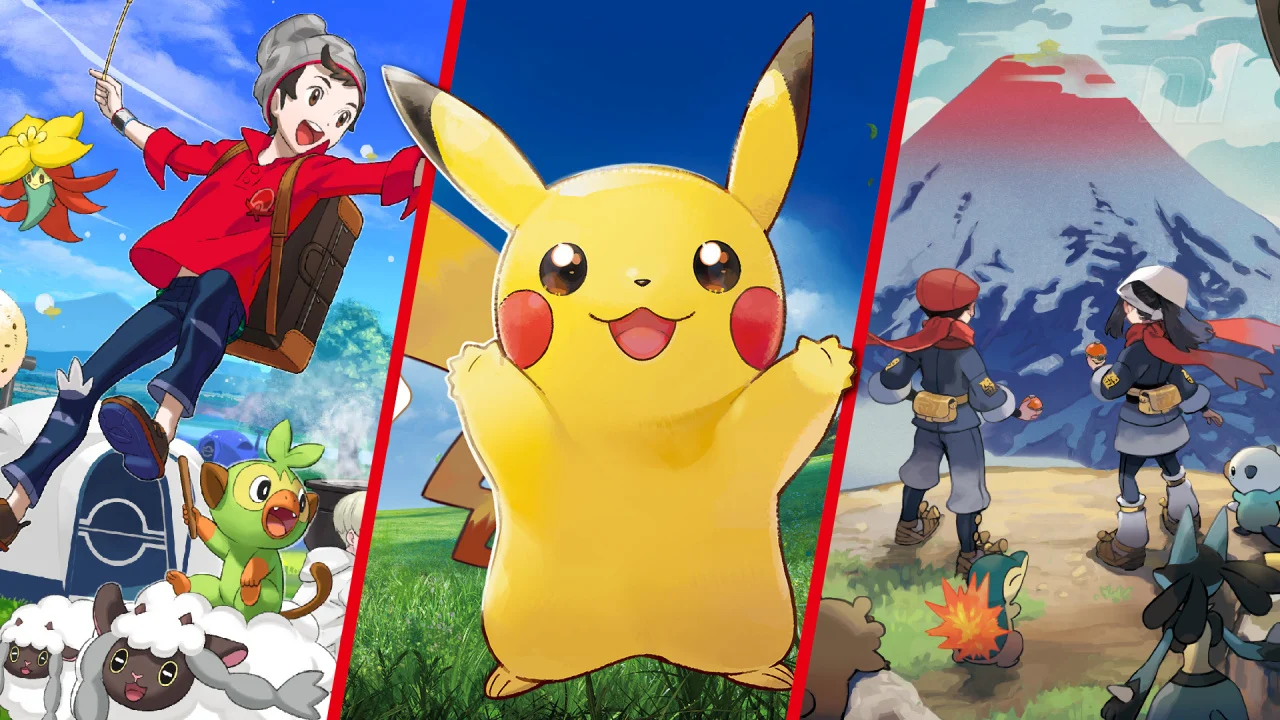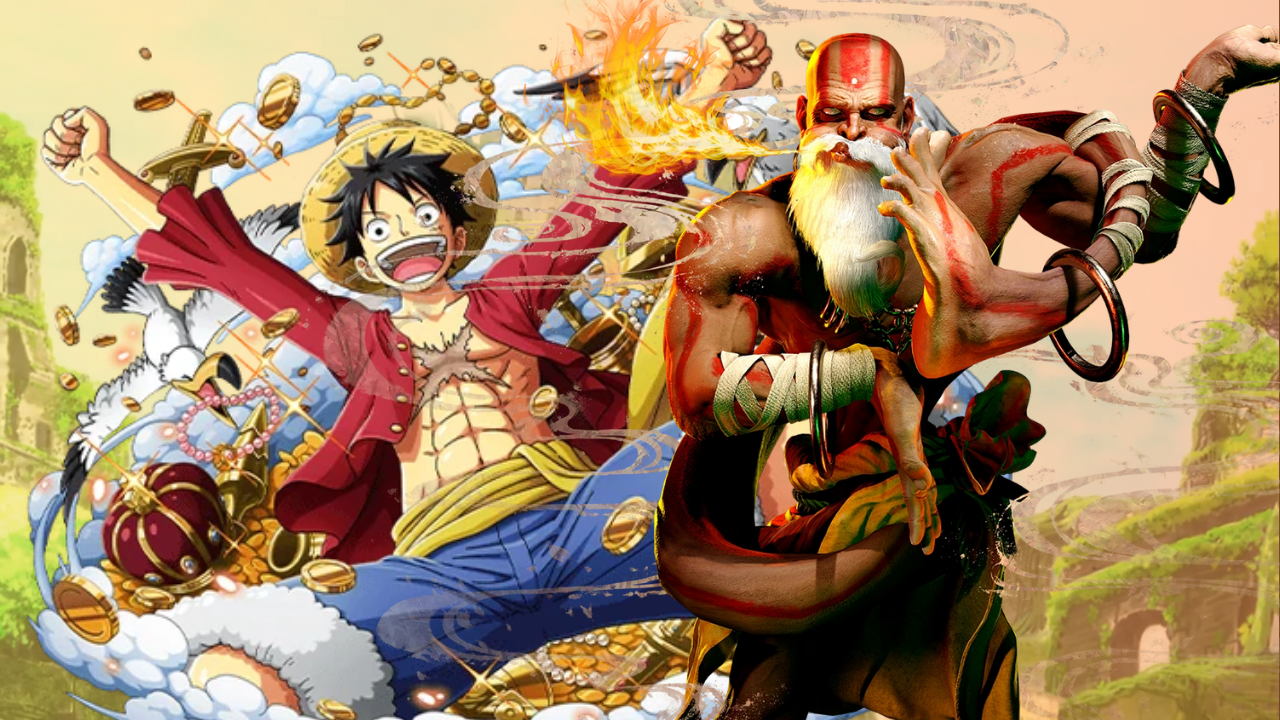Pokémon has changed the world in numerous ways. Since its creation in the 1990s, it has had a profound impact on popular culture, gaming, and social interactions. Some reasons why Pokémon has been influential include:
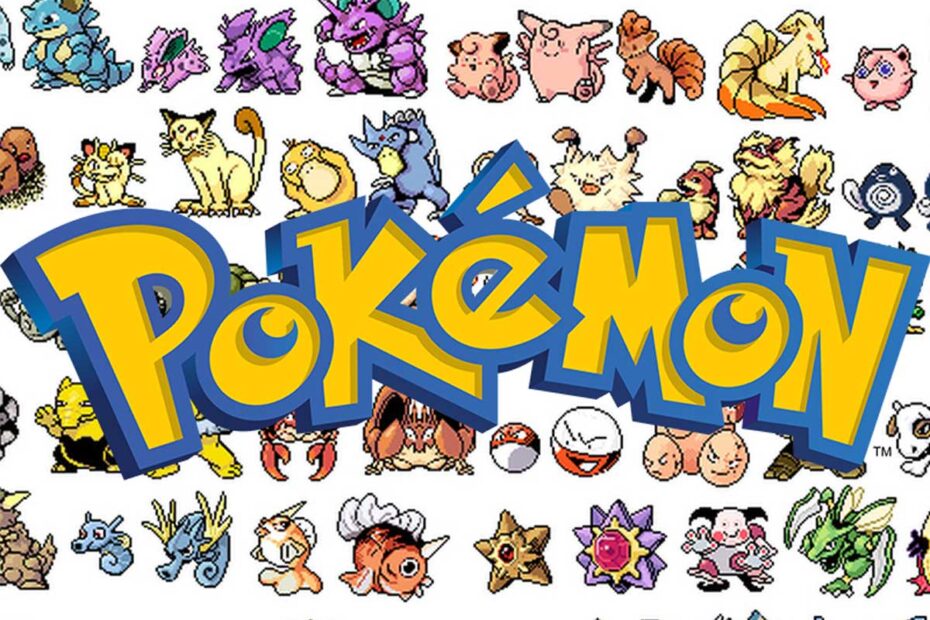
1. Cultural Phenomenon:
Pokémon’s rise to become a global cultural phenomenon is a testament to its universal appeal and innovative concept. When Pokémon was first introduced by Satoshi Tajiri and Ken Sugimori in the 1990s, it presented a fresh and captivating idea that transcended language and cultural barriers. The core concept of capturing, training, and battling creatures known as Pokémon tapped into a fundamental human desire for adventure, discovery, and competition. This simple yet engaging premise made it accessible to people of all ages, from kids to adults.
The success of Pokémon extended far beyond video games, as it expanded into trading cards, animated TV series, merchandise, and even feature films. The Pokémon trading card game, in particular, became a global phenomenon in its own right, fostering social interactions, strategic thinking, and collectible card trading among players worldwide. The animated TV series, with its relatable characters like Ash Ketchum and Pikachu, became a cultural touchstone and introduced the world to the diverse and imaginative world of Pokémon. The franchise’s ability to resonate with people across generations, cultures, and languages underscores its timeless appeal and enduring status as a cultural icon. Pokémon’s universal message of friendship, teamwork, and the pursuit of dreams continues to inspire and unite fans from all corners of the globe.

2. Gaming Revolution:
Pokémon undeniably played a pivotal role in revolutionizing the gaming industry and introducing new concepts that forever changed the landscape of interactive entertainment. At its core, Pokémon introduced the innovative idea of trading and battling between players, which had a profound impact on the sense of community and camaraderie within the gaming world. The concept of trading Pokémon encouraged players to connect with friends and fellow gamers, fostering real-world interactions that transcended the boundaries of the game. This social aspect was particularly groundbreaking, as it encouraged face-to-face connections and collaboration in an era when online gaming was not yet prevalent.
Moreover, Pokémon’s trading feature not only encouraged social interaction but also instilled a sense of collectibility. The desire to “catch ’em all” and complete the Pokédex became a driving force for many players, leading to a culture of collecting, trading, and strategizing. The competitive aspect of Pokémon battles added another layer of depth, as players honed their skills and strategies to compete against friends and rivals. This competitive spirit extended to Pokémon tournaments, which have become worldwide events, showcasing the depth and complexity of the games. In essence, Pokémon’s influence on the gaming industry extends far beyond its digital realm, as it introduced a new way of gaming that emphasized connectivity, socialization, and shared experiences, setting a precedent for the future of multiplayer gaming.
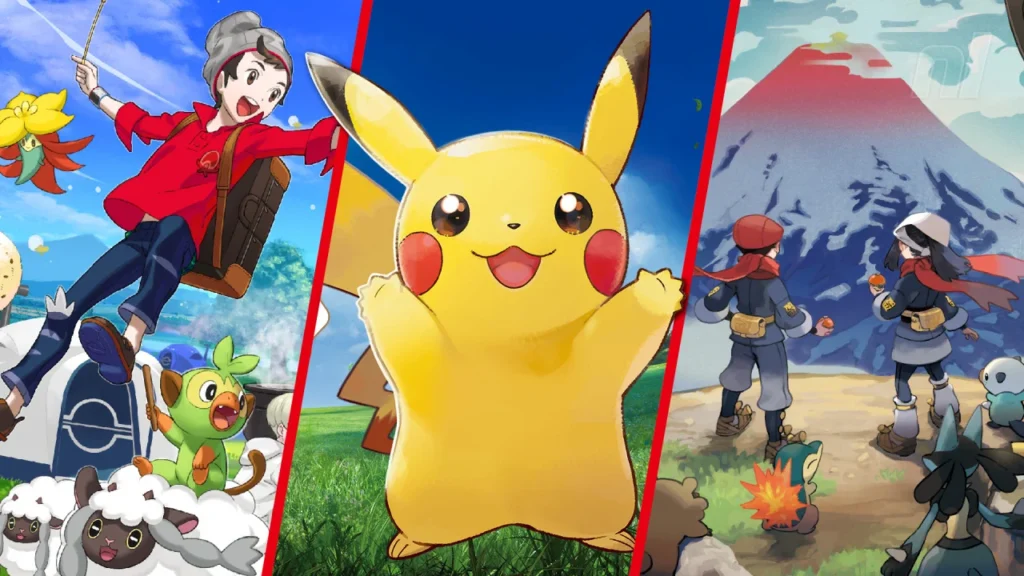
3. Multimedia Franchise:
The transformation of Pokémon from a video game phenomenon into a sprawling multimedia franchise is nothing short of remarkable. The franchise’s expansion into various forms of media, from trading cards to animated TV shows, movies, merchandise, and more, was a strategic move that significantly contributed to its enduring and widespread appeal. One of the most notable extensions was the Pokémon trading card game, which took the collectible card game world by storm. The cards not only featured stunning artwork but also allowed players to engage in strategic battles with their own decks, mirroring the video game experience. This card game fostered social interactions, trading, and strategic thinking among players of all ages, becoming a cultural phenomenon in its own right.
The Pokémon animated TV series further solidified the franchise’s position in popular culture. With relatable characters like Ash Ketchum and Pikachu, the show became a global sensation and an entry point for many into the world of Pokémon. It brought the imaginative world of Pokémon to life, making fans emotionally invested in the journeys, challenges, and friendships of its characters. Beyond the TV series, Pokémon movies captivated audiences with epic adventures and introduced legendary Pokémon that became fan favorites. The franchise’s merchandising efforts, including toys, clothing, and accessories, allowed fans to express their love for Pokémon in various ways. By diversifying into these forms of media and merchandise, Pokémon ensured that its appeal reached far beyond gaming, becoming a beloved and enduring cultural icon with a dedicated fanbase spanning generations.
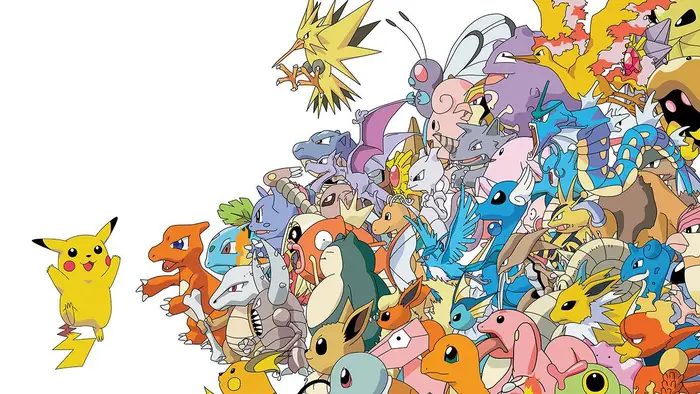
4. Social Interaction:
Pokémon’s unique emphasis on face-to-face social interaction through trading and battling played a pivotal role in shaping a sense of community and camaraderie among players. The act of trading Pokémon not only encouraged players to connect with friends and fellow gamers but also fostered a culture of collaboration and exchange. It was through these interactions that players formed bonds and shared experiences, forging lasting friendships based on a common love for Pokémon. Gathering together to trade Pokémon, challenge each other to battles, or simply discuss strategies and discoveries created a sense of belonging and shared enthusiasm. These in-person connections extended beyond the confines of the game and often transcended age, gender, and background, exemplifying how Pokémon became a unifying force that brought people from diverse walks of life together. In an era when online gaming was not as prevalent, Pokémon demonstrated the enduring power of real-world connections and social engagement within the gaming community, leaving an indelible mark on the way people interacted and bonded over shared interests.
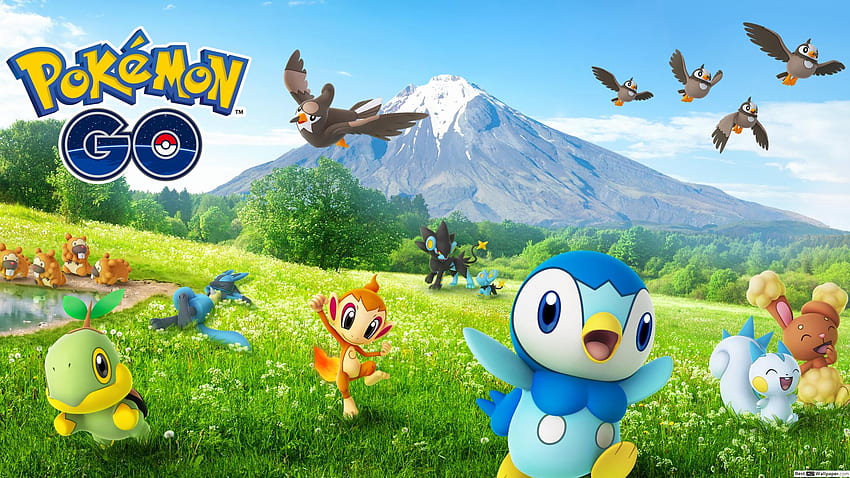
5. Nostalgia and Longevity:
The enduring popularity of Pokémon can be largely attributed to its unique ability to evoke nostalgia while simultaneously appealing to new generations of fans. Those who grew up with the franchise in the late 1990s and early 2000s have carried their fond memories and love for Pokémon into adulthood. This enduring emotional connection draws them back to the games, TV shows, and merchandise as a cherished part of their past. Simultaneously, Pokémon has managed to evolve and adapt, introducing new regions, generations of Pokémon, and gameplay mechanics to captivate the imaginations of younger audiences. This dual strategy of catering to both the nostalgia of long-time fans and the curiosity of newcomers has allowed Pokémon to remain relevant and beloved across multiple generations, showcasing its timeless and universal appeal as it continues to stand the test of time.
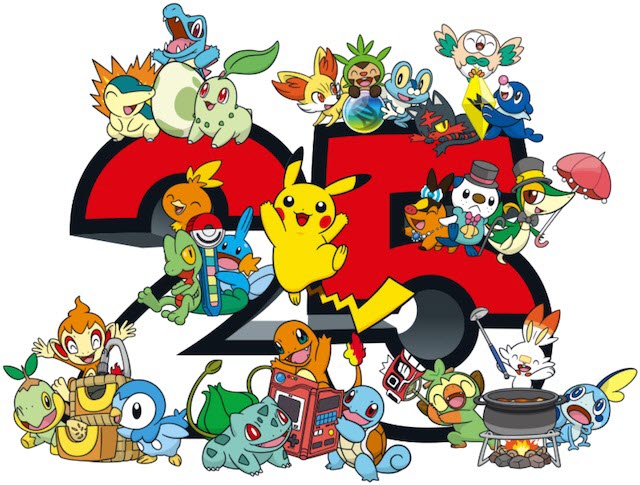
6. Global Connectivity:
The advent of Pokémon GO marked a groundbreaking moment in the Pokémon franchise, as it seamlessly merged the digital and real worlds, fostering global connectivity among players. By leveraging augmented reality and location-based gameplay, the game encouraged players to step outside and explore their surroundings in search of Pokémon. This not only encouraged physical activity but also created an unprecedented sense of connection among players worldwide. Landmarks, parks, and streets became vibrant hubs of Pokémon activity, where players would gather to catch, battle, and collaborate. The game’s social features, including Raid Battles and Community Days, further encouraged players to come together and collaborate in real-time, forging new friendships and strengthening existing ones. Pokémon GO became a global phenomenon, transcending geographical boundaries and uniting players of all backgrounds in the shared pursuit of Pokémon. It showcased the power of technology to connect people on a global scale while encouraging physical activity and exploration, demonstrating how Pokémon continues to evolve and resonate with the modern world.

In the realm of entertainment and pop culture, Pokémon has indelibly changed the world. It introduced generations of players to the joys of exploration, friendship, and strategic thinking while fostering a sense of community that transcends borders and languages. Pokémon’s influence extends beyond the confines of gaming, permeating trading cards, animated TV shows, movies, merchandise, and even augmented reality experiences. It has left an indelible mark on the way we connect with others, encouraging social interactions both online and in person. Through its enduring appeal and innovative adaptations, Pokémon has not only captured our hearts but also exemplified the power of storytelling, technology, and shared experiences in shaping the world of entertainment and beyond. Pokémon has not merely changed the world; it has enriched it with a legacy that continues to inspire, delight, and unite people of all ages, backgrounds, and cultures.

